AI for Global Good
Duration: 40 minutes
Grade Levels: 4-12
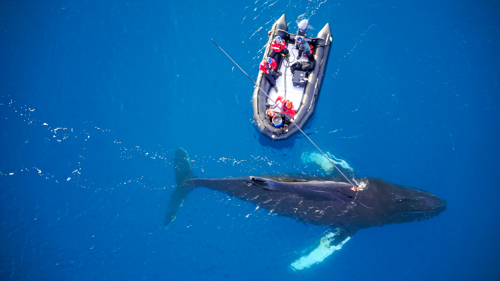
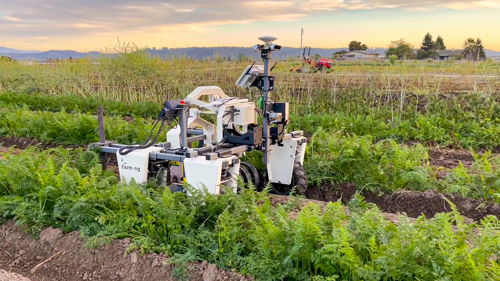

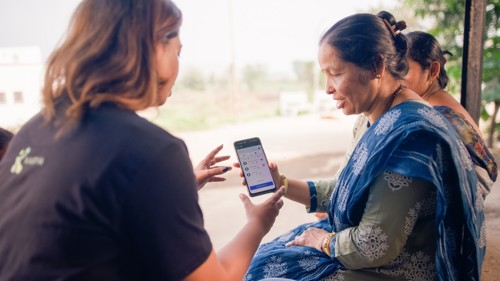
Examine several organizations using AI in their work. Consider the strengths and limitations of using AI to create change.
Grade Levels: 4-12
Duration: 40 min
Concepts/Skills: Artificial intelligence, data science, machine learning, computer vision
Objectives:
- Understand what artificial intelligence (AI) is.
- Explore how AI is used by different organizations to create change.
Background Information
Artificial Intelligence (AI) most often refers to a device or program designed to mimic aspects of human intelligence to complete complex tasks and make decisions. AI is also used for:
- visual recognition (facial recognition, visual image search).
- speech recognition (used in software like Siri and a virtual assistant like Amazon's Alexa).
- machine translation (i.e., Google Translate).
Machine learning (ML) is a branch of AI where the goal is to create a program that improves over time or “learns” as it processes more data.
Engineers provide training data (e.g., numbers, photos, text) which the AI uses as the basis for an algorithm: the set of rules for making classifications or predictions. Engineers could then provide more data, rules, or both to test or adjust the algorithm to ensure that it is performing accurately. Some examples of machine learning are self-driving cars and recommendation systems, like you might see while using Netflix or shopping on Amazon.
For more resources on AI, see thetech.org/ai
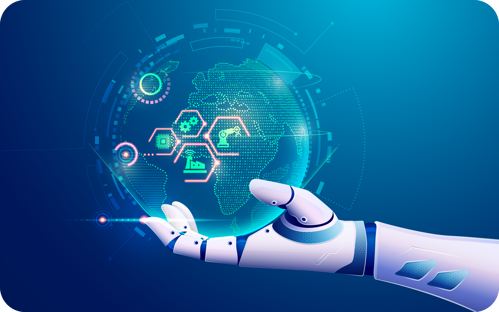
Tech for Global Good
The Tech for Global Good is an initiative to create the next generation of innovators ready to tackle the toughest challenges facing our planet. Every year we recognize innovators who use technology to improve lives. In 2024-2025, The Tech for Global Good honors four laureates who have created innovative technology that harnesses artificial intelligence (AI) to solve societal challenges, enhance human well-being, and drive sustainable development worldwide. Their stories are inspiration for classroom resources and design challenges.
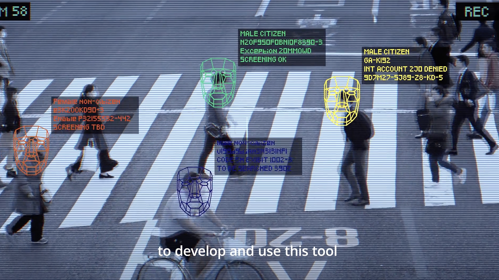

 Materials
Materials
- Pencil or pen (1 per student)
- Discussion Guide Handout (1 per student)
- Devices for students to watch videos online (1 per team of 2-3 students)
Option: If devices are not available for each team. Plan to share the videos with the entire class.
 Preparation
Preparation
- Print the Discussion Guide Handout (1 per student).
- Watch and review all of the resources to become familiar with the content.
- Divide students into teams of 2-3.
 Lesson Directions
Lesson Directions
Outline
Part 1: What is AI? |
15 min |
Part 2: AI for Global Good |
25 min |
 Part 1
Part 1
What is AI? (15 min)
- Provide students with a basic introduction to artificial intelligence and machine learning. Use the Background Information and discussion questions below:
- What comes to mind when you think of AI?
- When do you see AI being used?
- What do you think of when you hear the words "machine learning”?
- Share the three videos below with students and have them take notes on the Discussion Guide Handout.

Wild Me
The Tech For Global Good Laureate 2021-2022

Buzz Solutions
The Tech for Global Good Laureate 2021-2022

Srvani Yajamanam Kidambi
Automated Driving Research Engineer
(Chapter 2 of our Tech for Tomorrow Virtual Field Trip)
3. Lead a brief discussion about the organizations and individuals and the role of artificial intelligence in their work.
Discussion Questions:
- Can you think of other examples of when a computer makes a task easier?
- How does AI help these laureates create change?
- Why is data important for solving problems in the world?
- When could images be used as data?
- How was data important in the videos for developing their solution?
 Part 2
Part 2
AI for Global Good (25 min)
- Divide students into teams of 2-3.
- Ask each group to take a closer look at one of The Tech for Global Good Laureates using AI to create change. (see below)
- Students can take notes on their Discussion Guide Handout about how each of these laureates uses AI.
- Have them consider the strengths and limitations of using AI to create change.
Part 2 Videos
These longer videos provide more real-world examples of the concepts of artificial intelligence and machine learning.

Earth Species Project
The Tech for Global Good Laureate 2024-2025
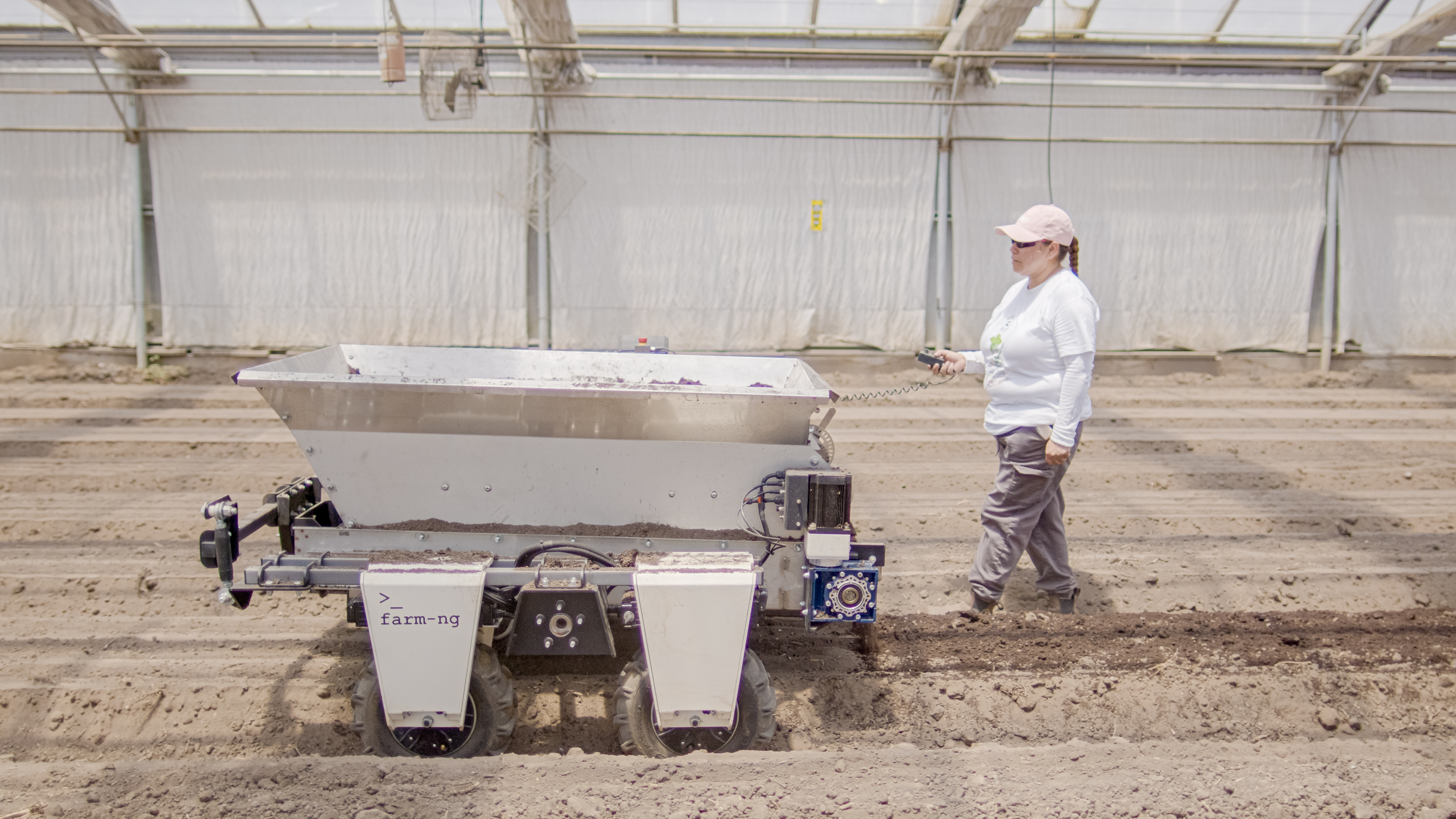
Farm-ng
The Tech for Global Good Laureate 2024-2025
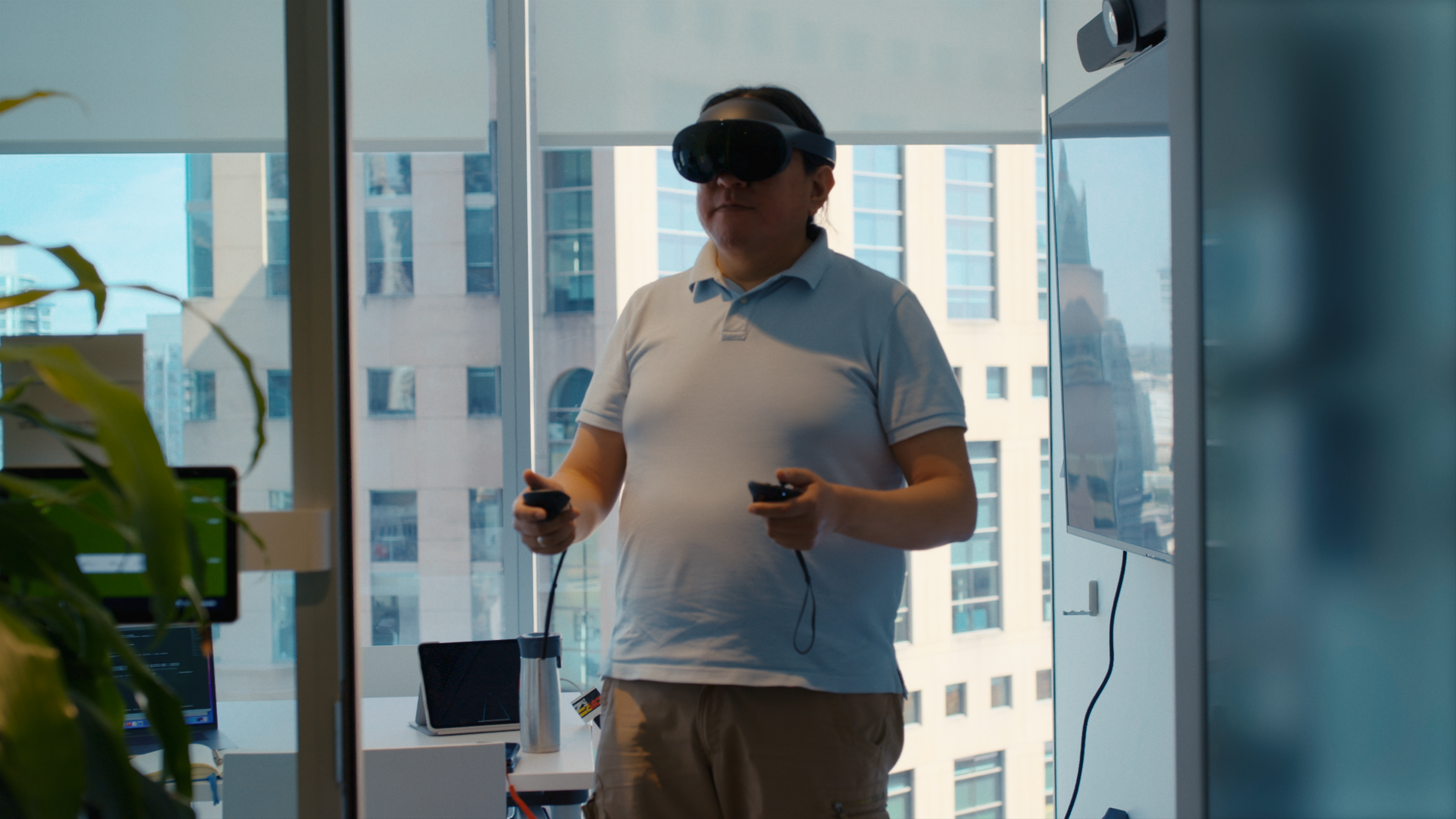
FLAIR (First Language AI Reality)
The Tech for Global Good Laureate 2024-2025

Karya
The Tech for Global Good Laureate 2024-2025
Sharing and Discussion (15 min)
- Have each group share what they learned with another group or the larger class.
- Lead a discussion which encourages students to make connections between these examples and other uses of AI in their own lives.
Discussion Questions:
- What are the strengths of using AI to create change
- What are some of the limitations of using AI?
- What are some questions or considerations that companies or people should have as they use and develop AI programs?
- What problems are you passionate about solving and how could AI help you create change for good?
 Bias in Artificial Intelligence
Bias in Artificial Intelligence
It’s important to understand that AI models can be biased, particularly if they do not include a wide range of data. Try to guide students in understanding that the wider the range of data the model has, the better the AI program will be.
A simple example of this is the Animaker exhibit at The Tech Interactive, which has developed a clear bias for giraffes. The AI in the exhibit was trained to identify animal models built by visitors to The Tech Interactive. Because of how simple giraffes are to build, Animaker has been shown more giraffes than any other animal. The bias in this giraffe-heavy data set has taught Animaker that most animals are giraffes, especially those that have horse-like bodies and even slightly long necks.
The impacts of bias in AI can be significant when applied to the real world. For example, when policing tools that identify likely areas of criminal activity are built using arrest data, they overinflate predicted crime rates in minority communities. This is because the data chosen reflects the use of racial profiling and disproportionate targeting of these communities by law enforcement.
In order to combat AI bias, it is important to think critically about AI and the data it uses. Encourage students to consider who is creating this AI, why it was created, where the data it uses is coming from, if it is being checked for accuracy, and most importantly, who or what is not represented.

Learn why our AI model had a bias for giraffes.

Consider the limitations and benefits of using generative AI in this Behind the Scenes from Tectonic Video.
![]() Extensions
Extensions
Are your students asking for more AI content? Continue exploring how they can use AI to solve problems they are passionate about.
- Take students' responses from the Discussion Questions in Part 2 as a starting point to brainstorm how they can use AI to solve the problem and use technology for global good.
- Do more research on some of these laureates or check out more laureates from The Tech for Global Good on our website to see what they are working on and how AI can support the problem they are solving.
Standards Connections
| CSTA Computer Science Standards | ||
| Grade | Standard | Description |
| 6-8 | 2-IC-20 |
Compare tradeoffs associated with computing technologies that affect people's everyday activities and career options. |
| 6-8 | 2-IC-21 |
Discuss issues of bias and accessibility in the design of existing technologies. |
| 9-10 | 3A-IC-24 | Evaluate the ways computing impacts personal, ethical, social, economic, and cultural practices. |
| 9-10 | 3A-IC-29 |
Explain the privacy concerns related to the collection and generation of data through automated processes that may not be evident to users. |
| 11-12 | 3B-AP-08 | Describe how artificial intelligence drives many software and physical systems. |
| 11-12 | 3B-IC-27 | Predict how computational innovations that have revolutionized aspects of our culture might evolve. |
Vocabulary
| Term | Definition |
|
Artificial intelligence (AI) |
A device or program designed to mimic aspects of human intelligence to complete complex tasks, such as learning, problem solving, and decision making. |
|
Bias in AI |
The tendency of algorithms to reflect human biases. |
|
Computer vision |
A field of artificial intelligence (AI) enabling computers to derive information from images, videos and other inputs. |
|
Data science |
A field in which both humans and automated computers collect, process, analyze, and utilize data to understand and solve problems |
|
Machine learning |
A branch of AI where the goal is to create a program that improves over time or “learns” as it processes more data. |
|
Visual recognition |
When AI is used to identify objects, people, and other information in images. |
Looking for more computer science resources?
Try one of our Content Bundles
Artificial Intelligence
What is AI?
Computational Thinking
Get with the (computer) program
Data Science
Byte into these
 Skip Navigation
Skip Navigation
